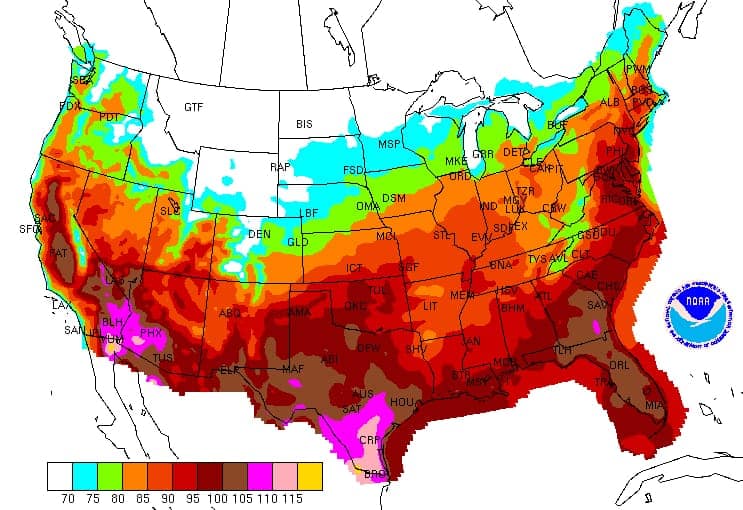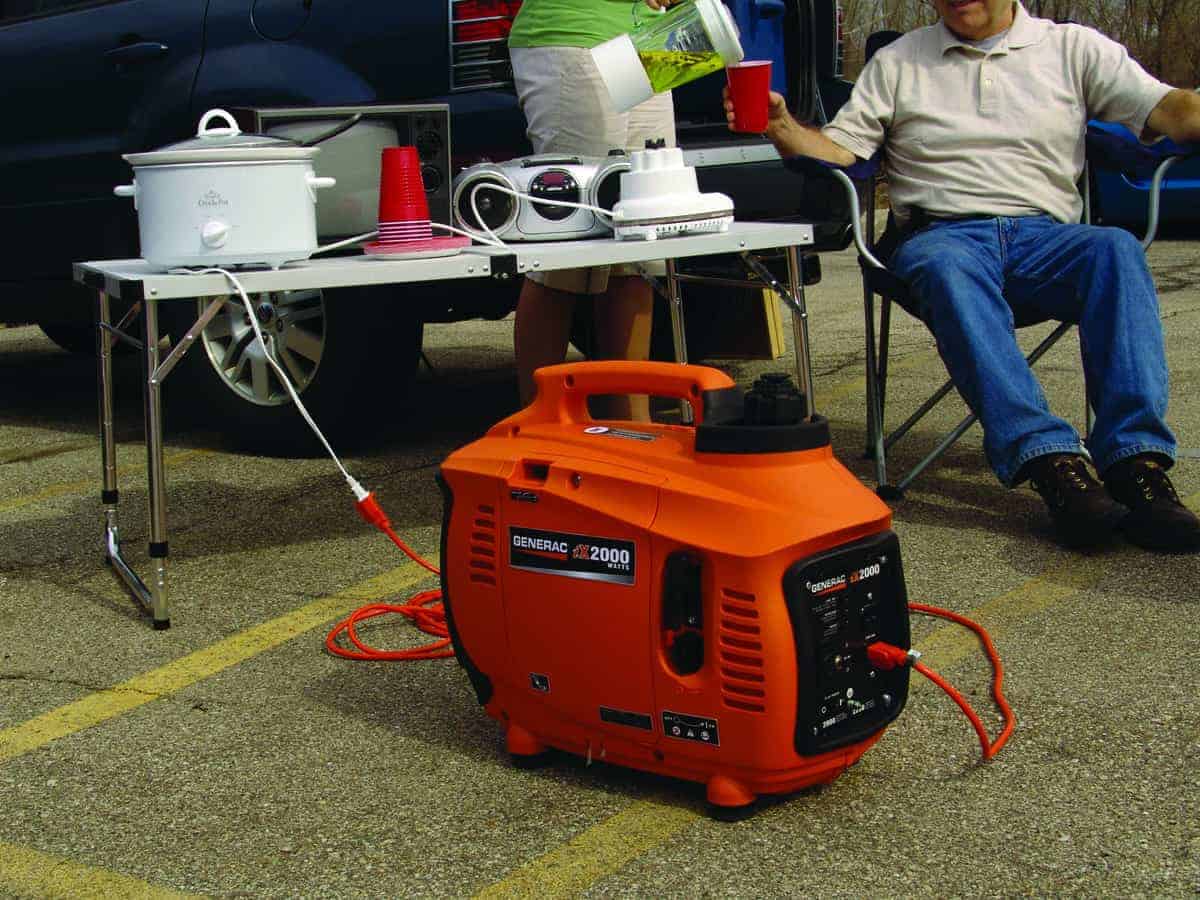March came in like a lion instead of a lamb this week, with Winter Storm Saturn making an impact from the Northern Plains down through the Mississippi Valley, Great Lakes and now headed for Ohio and the Mid Atlantic states. With snowfalls expected to exceed 10 inches in some locations, there are sure to be repercussions from a storm that is dumping wet, heavy snow across the region. Expect power outages from downed lines and repair crews hindered by deep snow and treacherous roads.

Keep Generators Clear of Snow
The snow has ended in the Northern Plains, but continues today in the Midwest and Great Lakes as it tracks east into Ohio and the central Appalachians late today. By late Tuesday evening and into Wednesday, the storm will move into Pennsylvania, New Jersey, New York, Washington DC, Virgina and West Virginia. Airlines have already begun canceling Wednesday flights out of Reagan and Dulles airports in the DC area, and airlines at other airports are following suit.
Virginia Power is talking with southern utilities and arranging emergency crews to help with widespread power outages that have not yet occurred.
Your generator is ready to keep your home supplied with power up in case of an outage, but there are some things you can do to ensure it starts and keeps running once you need it.
Keep Your Generator Ready
Besides fuel and oil, generators need a large supply of fresh air to help cool the engine and alternator and to run the engine. If snow clogs the intake vents, the generator may run hotter than normal with reduced efficiency, or even cause engine damage in some cases. Snow pulled into the intake vents can cause moisture to build up. If the air intake is clogged, the engine may not start at all or might falter shortly after starting.
- Don’t wait for the snow to stop or the power to go out before you act.
- Check the oil and make sure it is topped off.
- Make sure the air filter is clean and replace if necessary.
- Keep snow away from the generator intake vents.
- Clear vents clogged with snow.
- Shovel snow away from your standby generator, or clear a place for a portable generator.
- Clear a path to your generator when you clear walkways and drives.
Safety First: Wet heavy snow is difficult to shovel and the exertion might be too much for the elderly and people with heart problems. Get assistance with snow shoveling if you fall into those categories.
During an Outage
If the power goes out, your standby generator will start automatically and switch your house over to generator power within a few seconds. You will have to connect and start a portable generators manually. Once you are on generator power, there are a few things to do to make sure your generator keeps running throughout an extended outage.
- Check the oil the oil in standby generators every 24 hours and top it off if necessary.
- The oil in portable generators should be checked every time fuel is added.
- Make sure air filters and vents remain clean and are not clogged with snow.
Portable Generator Safety
Follow these essential Portable Generator Safety rules:
- Never run a generator indoors.
- Place the generator at least 10 feet from the building.
- Make sure exhaust won’t enter your neighbor’s home.
- Keep generators away from windows, doors and vents.











